ESRI Utility Network
The world of geographic information systems is dominated by ArcGIS software. The ArcGIS Utility Network simplifies the integration between your asset management software and Esri's very extensive product range. For this reason, more and more organisations that depend on efficient asset management in the Netherlands and Belgium are choosing to implement the Utility Network.
Application rationalisation: doing more with fewer systems
Your organisation has a lot of systems with partially overlapping functionalities. In addition, you have lots of links that ensure data is exchanged between these systems. Recognisable? If so, the situation in your organisation is the rule, not the exception. Almost all organisations struggle with this issue. Application rationalisation, in short, doing more with fewer systems, is a hot topic in the world of geographic information systems and in the IT sector more broadly, and for good reason.
In theory, network managing organisations only need three systems to properly handle everything related to geographic data. An asset management system, a GIS with a specific data model for network management and a system that handles the financial side of asset management. In practice, many organisations have more than three systems to get the necessary requirements in these three areas done. A successful implementation of the ArcGIS Utility Network ensures that you only need three systems now. This results in huge cost savings and in addition, it offers lots of opportunities for process improvements.
Higher data quality and better processes
We write deliberately: doing more with fewer systems. Implementing the ArcGIS Utility Network is about much more than saving licensing costs. In particular, the gain is qualitative. An implementation project can give a huge boost to the quality of your asset management processes. From our experience, much of the gain is in increased data quality. Because the Utility Network has strict conditions that imported data must meet. This makes monitoring data quality a lot easier.
.jpg?width=1200&height=877&name=ArcGIS%20Utility%20Network%20(1).jpg)
One of the biggest challenges in an implementation is handling legacy data properly. This is a challenge we are happy to take on. In doing so, we try to handle as much of it automatically using scripts in FME. During implementation, legacy data must meet the same high standard as current data. This allows you to get much more value out of your existing asset data. The issue of "is this data correct?" will thus be consigned to the past for good.
Race to the future with the ArcGIS Utility Network!
We talk to many organisations that use ArcMap or ArcGIS Desktop in combination with the ESRI Geometric Network (the predecessor of the Utility Network). In our experience, the desire to look to the future is always there. An implementation project raises issues on many levels. Not just technical, but also in the areas of employee habituation and behaviour, getting decision-makers on board, the cost-cost analysis that is anything but quick, to name but a few.
From Tensing's point of view, it's always a question of looking to the future.
From Tensing, we like to think along with you about all aspects involved in such a project. We now have extensive experience with Utility Network implementation projects and we are happy to use our gained knowledge to move your organisation forward as well. We can safely say: if you want to take the next step, choosing the ArcGIS Utility Network is a no brainer!
Tensing is an ESRI Gold Partner and has completed projects at various organisations in recent years. In our knowledge base, you will find best practices from Tensing!
Also interesting for you!

AutoCAD integration
Does your organisation work with both AutoCAD and ArcGIS? On our FAQ-page you can read everything you want to know about seamlessly integrating both packages.

Enhance your asset management
By properly integrating your asset management software with the Utility Network, you can improve processes. You can read how to do this on our FAQ page.
Want to get everything out of the Utility Network?
Schedule an appointment and let us advise you!
These organisations are customers of Tensing









.png)

